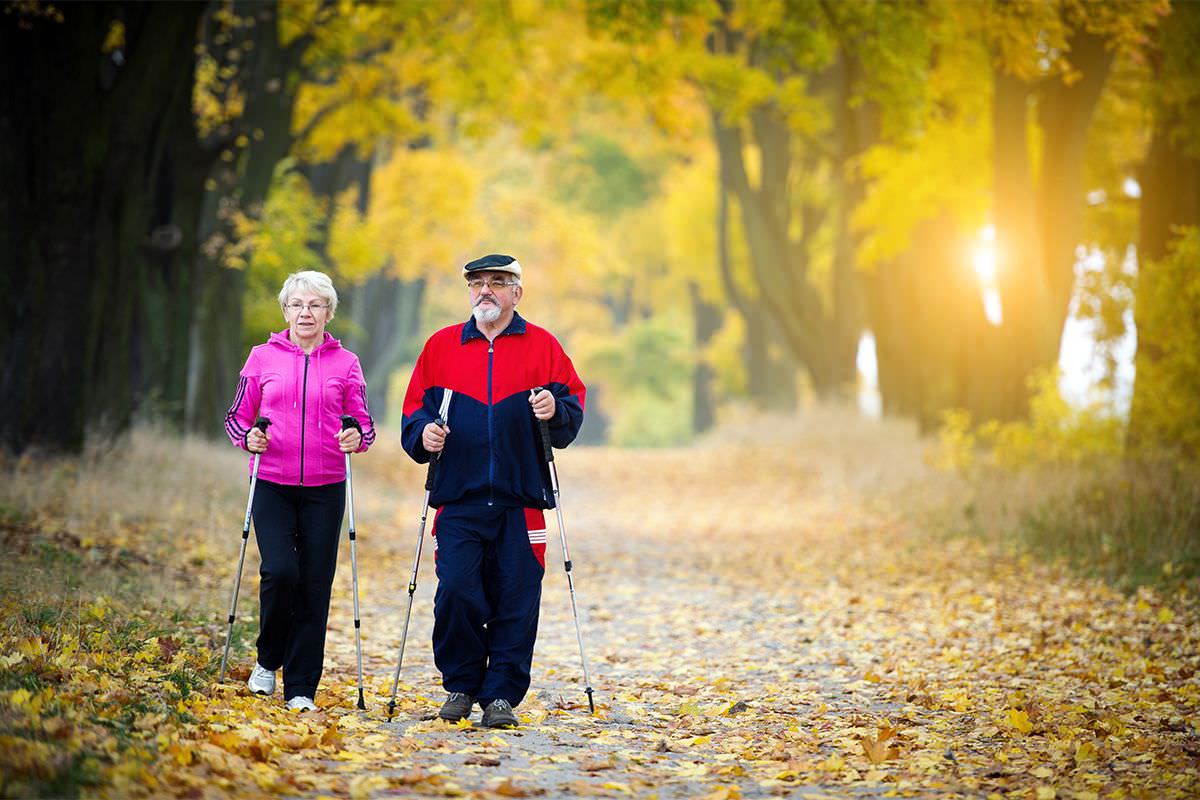A useful and little-known exercise for leading a fit lifestyle and strengthening parts of the body that are often overlooked.
In adulthood, staying active is not just a matter of aesthetics or a hobby: it is key to maintaining autonomy, strength and well-being. Proper training during old age can delay functional losses, improve mobility and protect against diseases associated with a sedentary lifestyle.
In fact, there are some unconventional exercises that are gaining attention because they work on forgotten muscles and challenge the nervous system. One striking practice that has recently been highlighted by National Geographic and replicated by sports media is walking backwards. At first glance, it may seem strange, but its results could make a difference in quality of life.
Walking backwards is an unexpected workout that brings great benefits, especially for older adults.
Walking backwards: the benefits of this workout
Walking backwards simply consists of moving in reverse, mirroring the usual walking pattern. But this reversal of movement has a noticeable impact on the body and mind, especially in older people:
- Activation of underused muscles and relief for joints
- When walking backwards, the load is shifted to the knees and hips in a different way than when walking forwards. This means that muscles such as the hamstrings, glutes and hip stabilisers are more heavily used. In addition, studies show that walking backwards puts less direct pressure on the knees, which can be beneficial for people with osteoarthritis or other joint conditions.
- Improved balance, mobility and cognitive function
- Walking backwards forces the brain to recalculate walking patterns, coordination and spatial perception. This extra demand activates neural connections, sharpens attention and enhances reaction time. Walking backwards has been shown to improve functional balance and may reduce the risk of falls.

- Greater calorie burn and increased efficiency
- Although at an equivalent pace, walking backwards requires more metabolic effort: some research mentions an increase in calorie expenditure of 39% or more compared to walking forwards.
- Accessible and easy to incorporate
- It requires no special equipment or sophisticated facilities: it can be done on flat surfaces, wide corridors, tracks, or even on a treadmill (with minimal adjustments). The key is to start slowly, in a safe environment, and progress gradually.




